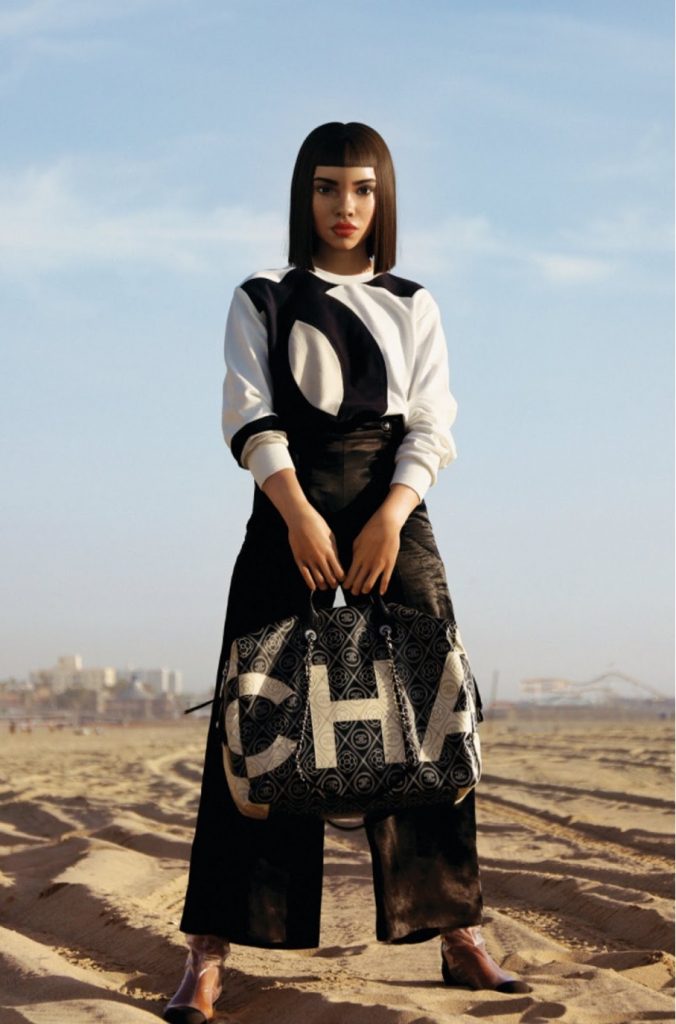In January 2022, I returned from my exchange, and everybody was talking about generative AI tools. It was something new for me, but many of my classmates had already heard about it and had even used it. I became very curious after the conversations I had with them, and I decided to try it out when I got home. It was such an eye-opener.
Using generative AI tools such as ChatGPT and Microsoft Edge’s AI powered browser has changed a lot for me. They are convenient and have helped me while studying and preparing for my exams. Many questions I had were easily answered by these AI tools, saving me a lot of time. Emailing these questions to the professor or asking fellow classmates was unnecessary. Furthermore, AI tools are great for brainstorming. Sometimes when you have an idea but do not know how to implement it, an online AI guide could help. This decreases the time spent on brainstorming, which can lead to higher productivity.
Besides the advantages of AI tools, they also have disadvantages, especially in education. Users, such as students, could become highly dependent on AI tools since they help to answer questions and solve problems. They could rely on it and stop thinking of their own ideas, which could result in plagiarism. Also, not all answers are reliable since AI uses pre-existing data. If the wrong data is inputted into the AI tool, it could lead the user in the wrong direction, which could cause unnecessary issues.
Therefore, improvements need to be made when it comes to AI tools. To reduce these possible issues, AI tools could be more personalized. Rather than only answering questions, it would be beneficial if they could also ask the user questions to make the experience more personalized. Another improvement would be to encourage users to generate their own ideas before AI tools give them an answer. This could stimulate critical thinking and help reduce the risk of fraud or plagiarism.
Generative AI tools are becoming an important part of our lives. People are becoming more familiar with them because they are convenient, save time, and provide help when needed. However, further improvements are needed to achieve better results and outcomes for users. The more data AI has access to, the better its results will be. AI tools could then be used in more fields, increasing productivity. People could have more free time to do what they want to do. The more advanced AI becomes, the less effort users will need to put in. AI usage is increasing, but what comes next?



